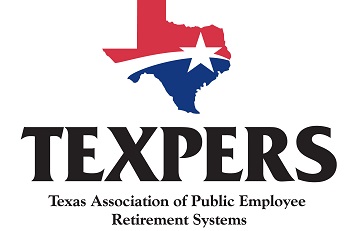Given the rhetoric of the anti-defined benefit crowd, it may be shocking to some that defined benefit plans still exist in the private sector.
We’re here to tell you “They do.”
Today’s Wall Street Journal carries a brief story about the impacts of declining global markets on public and private sector defined benefit pension systems. The story, “Tin-Hat Time for Pension Funds,” says this:
Stocks are getting pummeled as the prospect of a global slowdown increases. The S&P 500 is now down more than 10% year-to-date. Meanwhile, already superlow [sic] bond yields are getting even lower, thanks to the Federal Reserve's latest extraordinary easing action. The 30-year U.S. Treasury bond at one point on Thursday yielded less than 2.8%.
That is the kind of one-two punch that will worsen pension deficits while also making the contributions required to fill holes even bigger…How this dire situation plays out will differ somewhat for private and public pension funds. Private-company funds will more quickly feel the market's pain. That is in part because the way they calculate pension deficits is more closely tied to moves in interest rates than is the case for public pension funds.
The story goes on to mention a Credit Suisse analyst’s note about the funded status of pension plans at Goodyear Tire & rubber, AK Steel, Supervalu, Lockheed Martin, and Northrop Grumman. This is yet more proof, for those who don’t normally keep up with pension issues, that defined benefit plans do still exist in the private sector, and much more commonly than known. (We proved this in Texas earlier this year in an op-ed published by the Houston Chronicle. Take a look too at our blog on the issue.)
A few more points need to be drawn out about the WSJ piece:
If defined benefit plans were so totally ineffective in attracting and retaining employees, then would private sector companies still have them?
If defined benefit plans were so detrimental to private sector company finances, then wouldn’t we hear more about contention at shareholder meetings over retirement plans?
To answer those rhetorical questions, we don’t see private sector companies entirely dropping their DB plans. We don’t see shareholder meetings zeroing in on defined benefit plans in media coverage of financial industry matters.
Our point here is simply that the contentions that defined benefit plans don’t exist in the private sector anymore – and the corollary that public sector employers need to ditch theirs too in favor of defined contribution/401(k) plans – are false. – Max Patterson
